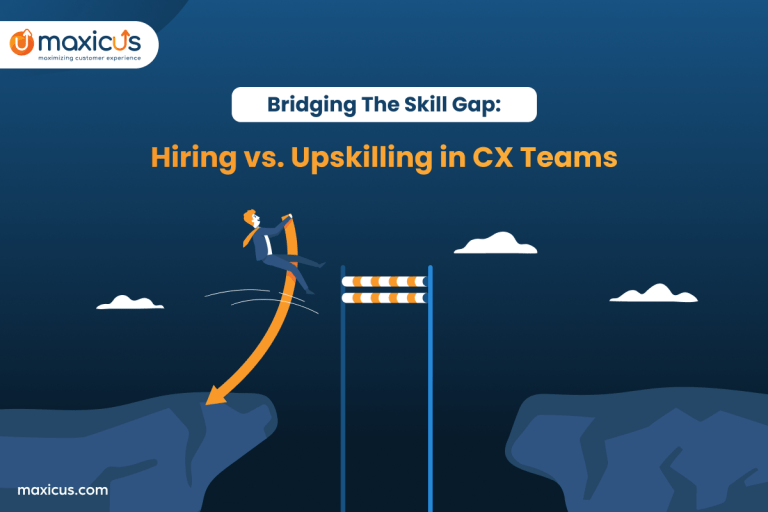5 Major implementations of image annotation
Resulting from an exponential increase in AI and ML-led applications, companies are now adopting smart cameras for diverse usage. This is made possible through image annotation. It’s all about training ML algorithms with Big Data to identify and analyze humans & objects with minimal AI bias. Annotation is done through a variety of processes like box annotation, polygon annotation, line annotation, semantic annotation, etc.
Data annotation of huge datasets is a difficult task for annotators as they have to teach the computer vision models for every box. Millions of such data are fed into it to minimize AI bias. If such annotation is to be done in-house, then it will be highly expensive for the organization. In such cases, handing over to an expert outsourcing company is considered a wise option. It will be much cheaper for businesses. The market for Artificial Intelligence and ML data preparation solutions is expected to grow by $1.2 billion by the end of the year 2023. (Source)
Read More: Benefits of using image annotation services in different industries
Major applications of image annotation in different industries
Some of the major applications of image annotation are:
Image annotation in the medical field
Annotation has been a breakthrough in the field of medicine, providing invaluable support in arriving at an accurate diagnosis. The process of annotating medical images, such as CT scans, MRI, X-ray, and ultrasound reports, enhances the diagnostic process. By labeling these images with the help of advanced annotation tools, including bounding boxes, medical professionals can effectively diagnose diseases through detailed analysis of annotated medical reports.
Here, the radiologist has to do image data labeling and annotation through box bounding, 3D cuboids annotation, and polygon annotation, etc. of various images. So that such similar images get picked up through AI and ML in real-life situations.
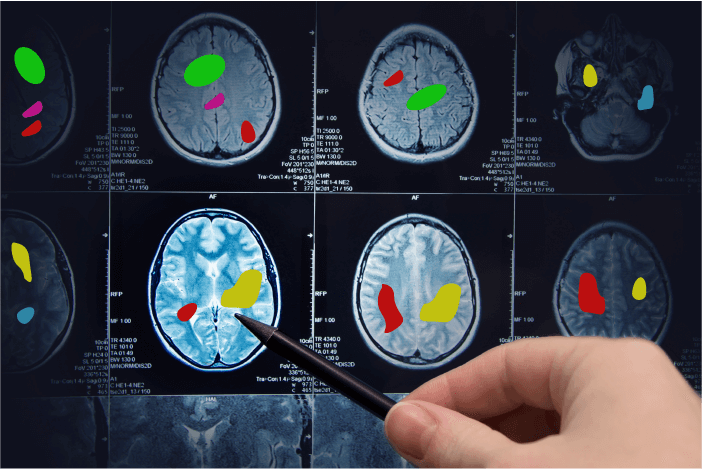
Model annotation in the security sector
Security or surveillance is being done through CCTV cameras, the images captured are annotated for teaching smart cameras through AI and ML. Such image annotations help to differentiate between a normal video and when something goes abnormal like burglary, theft, fire, or trespass by unauthorized persons. Such image annotation is useful in a real-life situation.
Whenever something happens, smart cameras are trained to detect such movements and raise alarms to alert security. There are also night vision thermal cameras that can capture movements in the absence of light. Such a security setup provides 24X7 protection to your valuable assets.
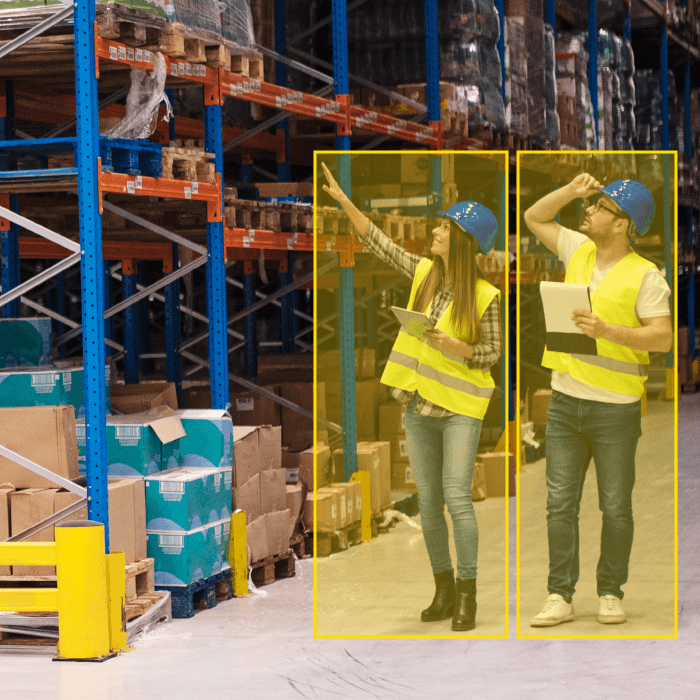
Logistics
The current pandemic has caused widespread havoc to the logistic industry worldwide. It increased the demand for self-driven distribution vehicles which are capable of delivering goods. Here, image annotation techniques like box annotation, polygon annotation, and semantic segmentation are used. The machine learning algorithm is fed with millions of datasets so that such vehicles can quickly adjust as per the physical situation in real-time.
This also helps to remove any AI bias as a small error in judgment which can cause great damage to life and property. Annotating basic data is the most difficult task as every box has to be annotated and make it teachable to the machine learning algorithm. If such self-driven vehicles have a minimum AI bias, then these can be said to be safer than manual driving.
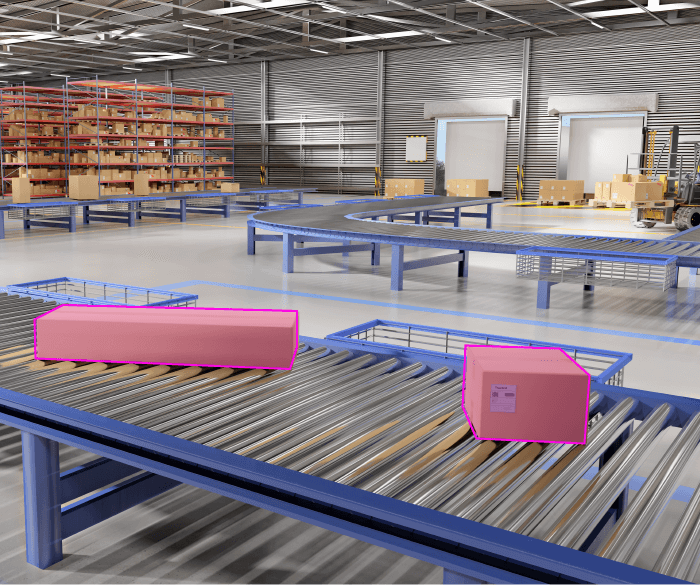
Retail industry
The retail sector is also not behind in embracing AI-supported technologies. It is scaling up buying experience to a different level through the application of image annotation. In some of the stores, there are self-checkouts and no staff is present. Only registered customers can enter the store whose faces have been annotated from several angles and fed into a machine learning algorithm so that a smart camera is capable of identifying customers and their credit cards.
When they check out the stores, the smart cameras identify and charge their credit cards for the number of products purchased. Such technologies not only scale up buying experience but also cost-effective for the company in the form of saving expenses on manpower, time in accessing products, billing, etc.
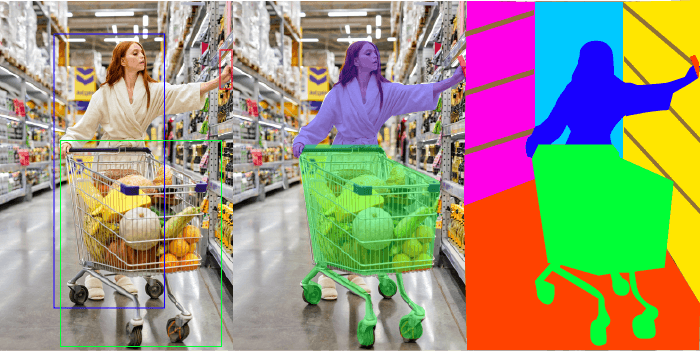
Sports
The sports industry has shown the wonderful application of Artificial Intelligence and Machine Learning technologies to sporting activities. Activities like training of athletes, identifying budding players through their body movements, and recognizing the player of interest from a large crowd, etc. Such advancements are made possible through the use of box annotation and skeletal annotation.
With the help of skeletal annotation, tracking videos of players is made possible and a database is made available through the smart cameras. The database is used to assess the player’s performance and provides inputs for their improvement. Besides, corrects their body movements and postures to reduce the chance of a physical injury.
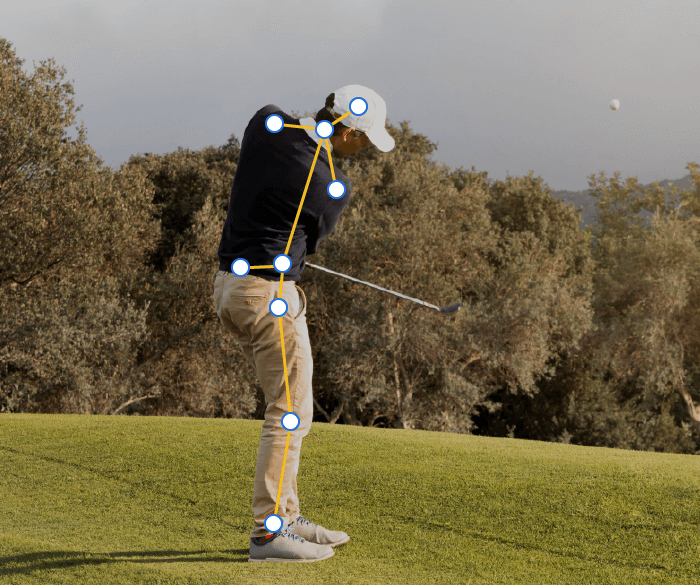
Read More: An overview: What is image annotation?
Takeaways
With the continuous up-gradation in AI and ML, image annotation is becoming more and more precise- smart cameras are becoming smarter. Productive uses of image annotation have brought a paradigm shift in our lifestyle. Some governments have elaborately mapped the vast demographic profile of their population which is one of the most valuable sources of information for effective governance.
In the private sector, it has found wide applications and has been embraced across a wide spectrum of industries in both manufacturing and service. Many agencies are providing image annotation services which are being availed by organizations as many times it is extremely difficult, time-consuming, and expensive to develop in-house facilities for image annotation.
Maxicus is the best image annotations outsourcing company that possesses such competencies in data annotation and has been supplying its resources across industries.






